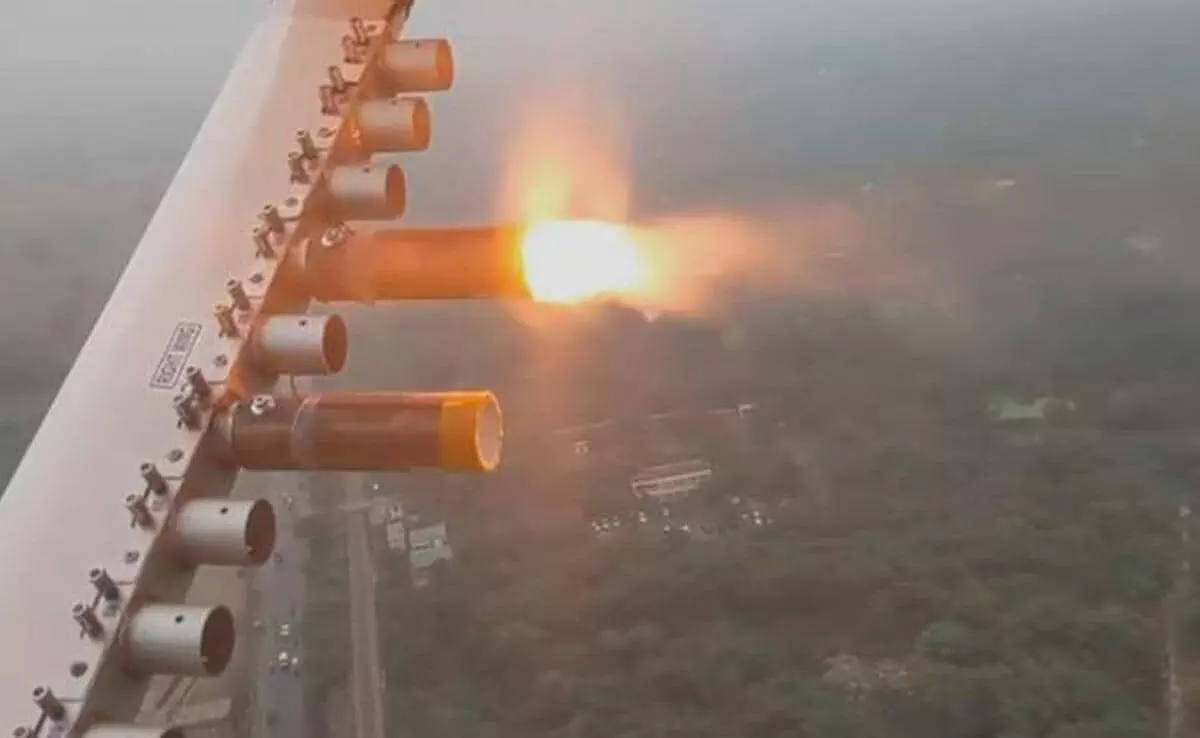Delhi Gets Green Signal for Artificial Rain: Five Cloud Seeding Trials Scheduled for August-September
Delhi approves artificial rain via cloud seeding to tackle Diwali smog. Five trials are scheduled between August and September 2025 to evaluate its effectiveness in reducing air pollution.
Delhi Gets Green Signal for Artificial Rain: Five Cloud Seeding Trials Scheduled for August-September

In a groundbreaking move to tackle the capital’s severe air pollution, the Delhi government has received official clearance to conduct artificial rain through cloud seeding. The initiative aims to combat the annual smog that blankets the city, especially around Diwali.
Delhi Minister Majinder Singh Sirsa confirmed the development, announcing that five cloud seeding trials are scheduled to take place between the end of August and the first week of September 2025.
"We have been successful in securing permission for artificial rain through cloud seeding. We will conduct five trials to determine if it can effectively reduce the dense smog that typically envelops the city during Diwali or even earlier in September," said Minister Sirsa.
What Is Cloud Seeding?
Cloud seeding is a form of weather modification where chemicals like silver iodide or sodium chloride are dispersed into clouds to stimulate rainfall. It’s considered a short-term but potentially effective method to wash pollutants from the air and improve air quality.
Why This Matters
Every year, Delhi ranks among the most polluted cities globally, with air quality reaching hazardous levels, particularly during and after Diwali celebrations. The move to explore artificial rain is seen as a proactive step to address worsening environmental conditions and protect public health.
Timeline for Artificial Rain in Delhi
Permission Secured: July 2025
Trial Window: Late August to early September 2025
Number of Tests: Five
Objective: Evaluate effectiveness of cloud seeding in reducing air pollution
This marks the first time Delhi will run a systematic trial of cloud seeding for pollution control. If successful, this strategy could be deployed on a larger scale during critical pollution periods.

